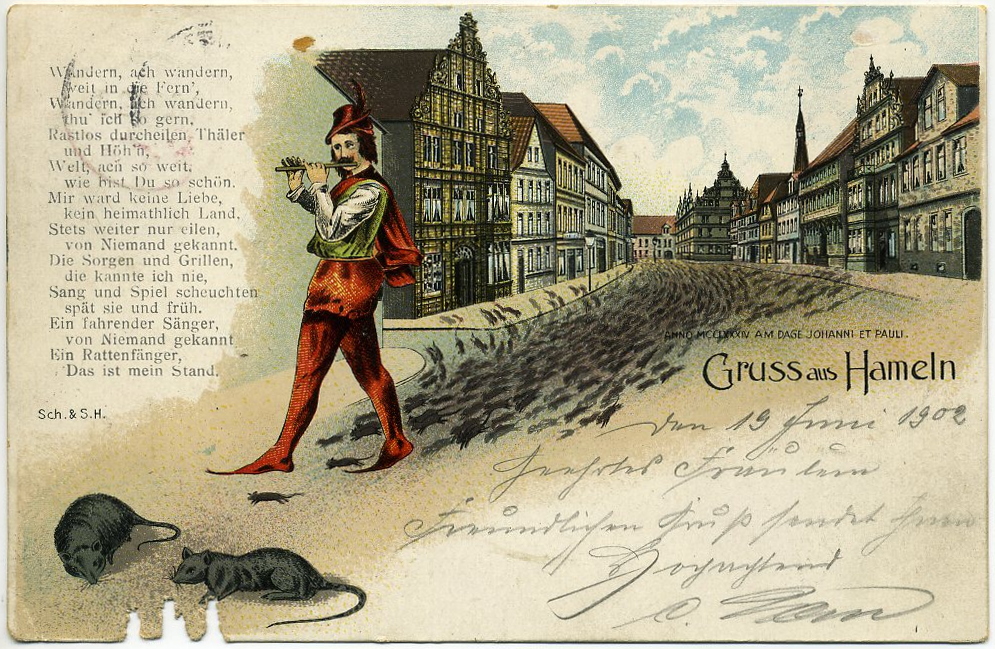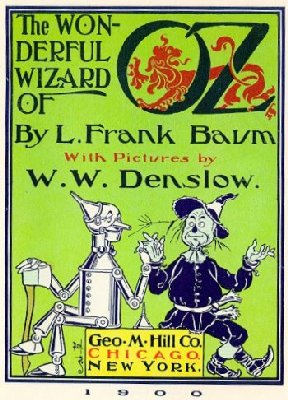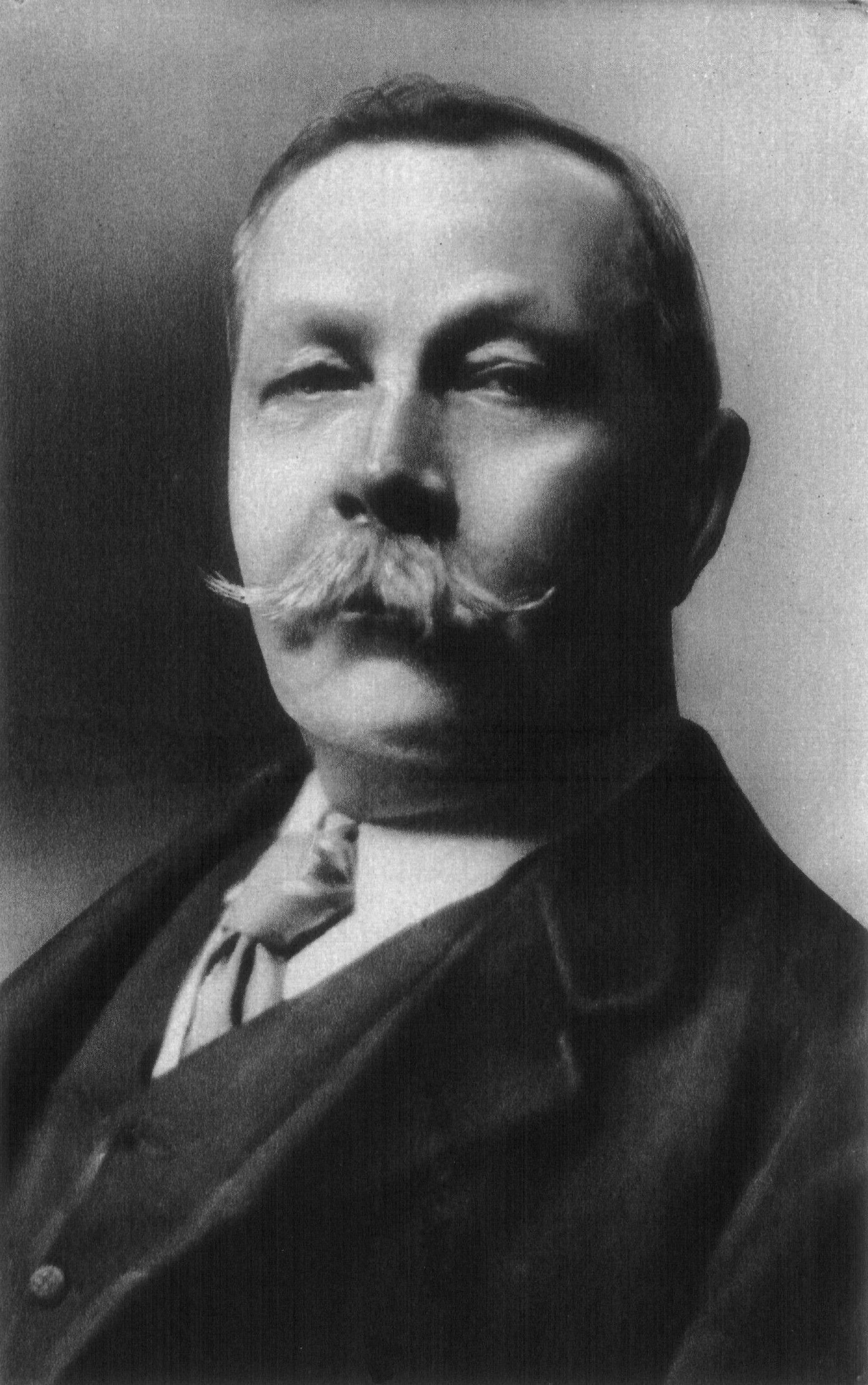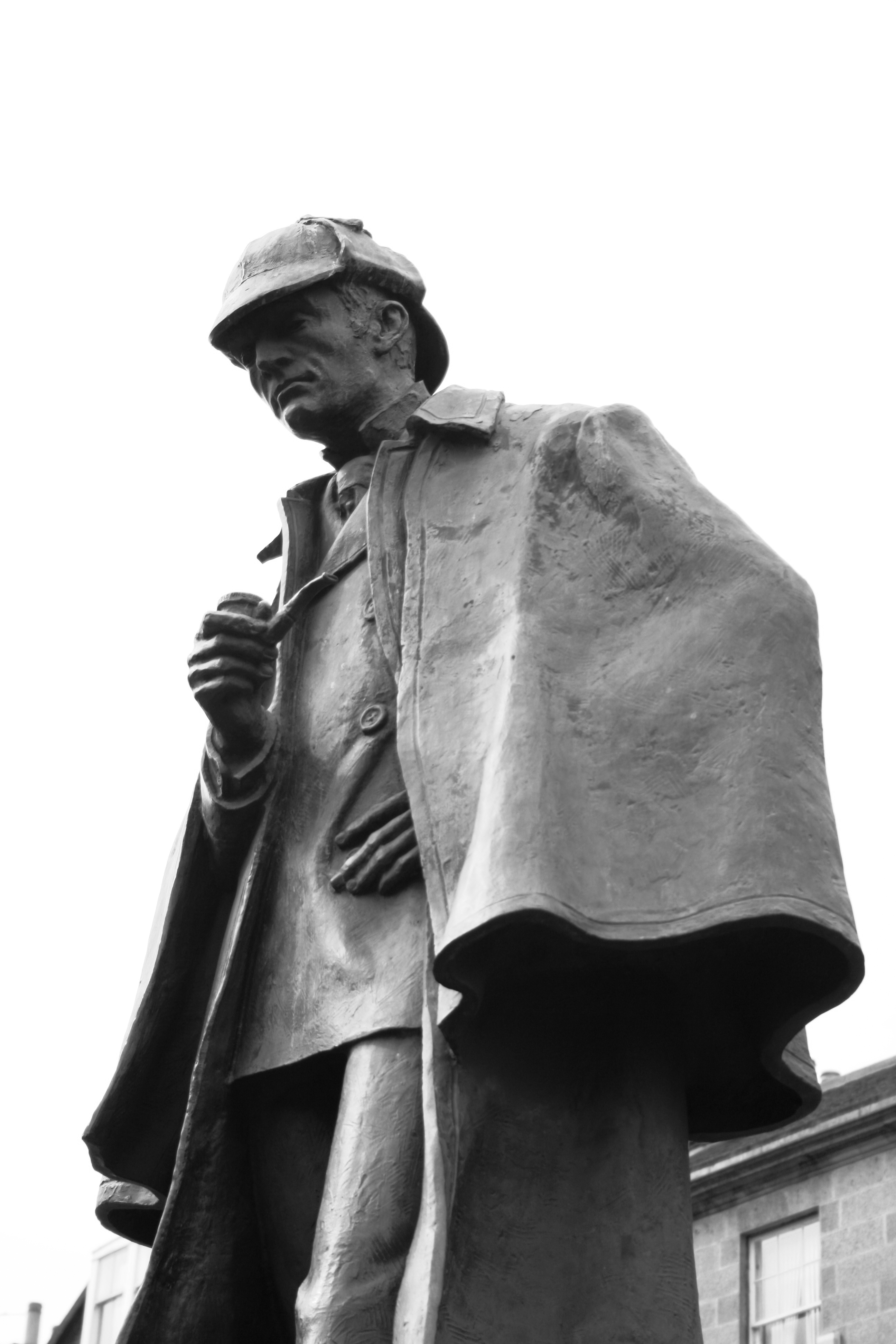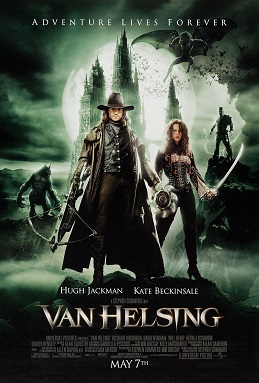 |
| Movie Poster for Van Helsing |
Trademark protection of a fictional character provides the owner with the exclusive right to use that character in connection with goods and services, as well as the right to prevent the unauthorized use of the character in connection with goods and services of infringing third parties.
The notion is that US trademark law serves to protect the public from confusion arising from confusingly similar marks.
But what about trademark law protecting the characteristics of fictional characters that are in the public domain as a matter of copyright law (e.g., Count
Dracula or Sherlock Holmes)? Theoretically, it would seem like trademark protection should not be available for any characters that are fully described in the
public domain work. The reality is not that simple.
If
a derivative character is developed, based upon the character described in public domain materials and is used in
commerce, it is protectable as a trademark in its own right.
A concrete example is that the general features of Count Dracula are free to emulate because they are in the public domain, as the character was contained within Bram Stoker’s novel from 1897. Stoker's book was loosely based upon the historical character of Vlad the Impaler.
A concrete example is that the general features of Count Dracula are free to emulate because they are in the public domain, as the character was contained within Bram Stoker’s novel from 1897. Stoker's book was loosely based upon the historical character of Vlad the Impaler.
 |
| General Mills' Count Chocula Cereal |
Consequently,
a conundrum arises. If a third party
were to develop a new design for a cereal that included a fictional character based entirely on the Count Dracula described in Bram Stoker’s public domain book, he may still be likely to cause consumer confusion with Count Chocula, and in doing so, violate General Mills' trademark. The strange outcome is that a character that should be free under copyright law to use, may not be so free under trademark law.
Along the same lines, Abraham Van Helsing was described in Stoker's Dracula novel. In 1994, actor Hugh Jackman played Van Helsing in a major motion picture. In 2007, the United States Patent and Trademark Office officially allowed "VAN HELSING" to become eligible for a trademark on a wide variety of action figures, toys and games, and published that mark for opposition.
Yet another example is the Pied Piper of Hamelin. The Pied Piper has been a character fully described as far back as the 14th and 15th centuries. The legendary figure had become fodder for nearly a dozen short stories written by the Brothers Grimm in the 19th Century. Every one of these works has passed into the public domain, as a matter of US copyright law.
Along the same lines, Abraham Van Helsing was described in Stoker's Dracula novel. In 1994, actor Hugh Jackman played Van Helsing in a major motion picture. In 2007, the United States Patent and Trademark Office officially allowed "VAN HELSING" to become eligible for a trademark on a wide variety of action figures, toys and games, and published that mark for opposition.
Yet another example is the Pied Piper of Hamelin. The Pied Piper has been a character fully described as far back as the 14th and 15th centuries. The legendary figure had become fodder for nearly a dozen short stories written by the Brothers Grimm in the 19th Century. Every one of these works has passed into the public domain, as a matter of US copyright law.
Yet, Dell Publishing Company was able to successfully register "Pied Piper" for "a series of childrens' books" in 1981, a registration that continues to be in full force and effect on the Principal Register of the US Patent and Trademark Office.
Further
complicating matters, as long as trademarks are used in commerce, they can be
valid and enforced in perpetuity. That result means that hundreds of years after the text describing a fictional character has passed
into the public domain, a company that develops a commercial character based
on the public domain work, could still claim a successful monopoly.
Six hundred years after the Pied Piper was first described in published poems and books, an author could not write about him in a children's book today, as the Dell Publishing Company was able to receive a perpetual, federally registered trademark on his name for children's books.
As discussed in previous posts, it is not entirely clear that once a copyrighted work passes into the public domain, the fictional characters developed therein become entirely free for public consumption without legal controversy.
Indeed, related and derivative intellectual property rights can continue to muddy the waters, leading to complex and strange consequences. This situation occurs because the landscape of US intellectual property law is complex, and different regimes are designed to serve different purposes.
US copyright law protects the expression of ideas, but not the underlying ideas themselves. The notion is that a limited monopoly is granted on a tangible expression of an idea, in order to foster a robust environment for authors, painters and other creative endeavors in which they (and their heirs) are appropriately rewarded. Once that monopoly has lapsed, the underlying texts pass into the public domain, giving the public an opportunity to utilize a catalog of freely available works. For example, Mozart or Beethoven's music can generally be played by anyone without fear of a lawsuit by their heirs. William Shakespeare's plays can be reproduced or performed, without fear of paying a royalty.
Further, in literature, fictional characters within a literary work are presumed to be simply ideas unless they are sufficiently developed to legally constitute elements of expression protectable under copyright law.
However, US trademark law may protect the names, physical appearance, catchphrases, and certain other elements of fictional characters, provided that they are used on goods or services, identify and distinguish the source of the goods or services from those of others, and are either inherently distinctive or have acquired secondary meaning (i.e., meaning in the consuming public’s mind as a source identifier for the relevant goods or services).
In conclusion, as we have seen, just because a fictional character was once described in a text that has passed into the public domain as a matter of copyright law, does not end the inquiry. In fact, it is only the beginning, as related rights and derivative works, as well as trademark usage can affect the public's right to freely borrow from, adapt or use those fictional characters.
As discussed in previous posts, it is not entirely clear that once a copyrighted work passes into the public domain, the fictional characters developed therein become entirely free for public consumption without legal controversy.
Indeed, related and derivative intellectual property rights can continue to muddy the waters, leading to complex and strange consequences. This situation occurs because the landscape of US intellectual property law is complex, and different regimes are designed to serve different purposes.
US copyright law protects the expression of ideas, but not the underlying ideas themselves. The notion is that a limited monopoly is granted on a tangible expression of an idea, in order to foster a robust environment for authors, painters and other creative endeavors in which they (and their heirs) are appropriately rewarded. Once that monopoly has lapsed, the underlying texts pass into the public domain, giving the public an opportunity to utilize a catalog of freely available works. For example, Mozart or Beethoven's music can generally be played by anyone without fear of a lawsuit by their heirs. William Shakespeare's plays can be reproduced or performed, without fear of paying a royalty.
Further, in literature, fictional characters within a literary work are presumed to be simply ideas unless they are sufficiently developed to legally constitute elements of expression protectable under copyright law.
However, US trademark law may protect the names, physical appearance, catchphrases, and certain other elements of fictional characters, provided that they are used on goods or services, identify and distinguish the source of the goods or services from those of others, and are either inherently distinctive or have acquired secondary meaning (i.e., meaning in the consuming public’s mind as a source identifier for the relevant goods or services).
In conclusion, as we have seen, just because a fictional character was once described in a text that has passed into the public domain as a matter of copyright law, does not end the inquiry. In fact, it is only the beginning, as related rights and derivative works, as well as trademark usage can affect the public's right to freely borrow from, adapt or use those fictional characters.

